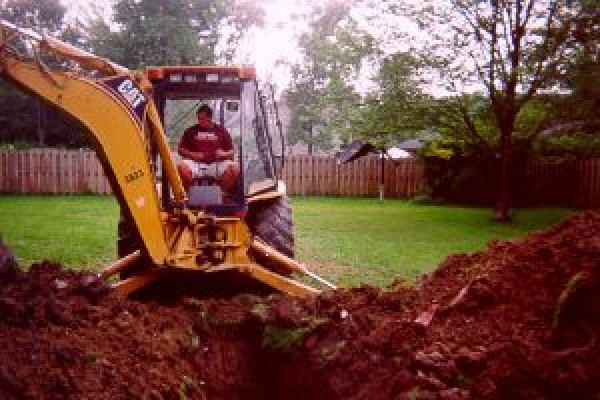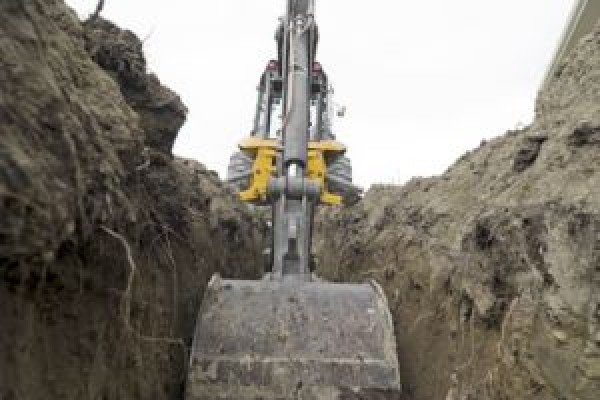Sewage Treatment System Abandonment
Program Contacts
Megan Conklin REHS
Supervisor
216.201.2001 ext 1266
mconklin@ccbh.net
Rebecca Jewell REHS
Program Manager
216.201.2001 ext 1246
rjewell@ccbh.net
A household sewage system is considered to be in need of abandonment when connection is made to a sanitary sewer or when a new sewage system is installed and the old system is no longer in use. Components of the old system may create a nuisance or pose a public health or safety concern if not properly abandoned or removed.
The Ohio Administrative Code (Ohio Sewage Treatment System Rules) requires that sewage treatment system components that are no longer in use be properly abandoned.
The homeowner or contractor conducting the abandonment work is also required to secure a Household Sewage System Abandonment Permit from the Board of Health prior to initiating the sewage system abandonment at the time of a sanitary sewer connection or home demolition.
The proper abandonment of a sewage system includes completely pumping and collapsing all tanks. The tank bottom and as many sides as possible should be broken up to allow for the dissipation of any water that may enter the area around the system after abandonment.
It is not necessary to physically remove the tanks from the ground.
The remnants of the collapsed tanks can be allowed to remain underground. It is recommended that a gallon of household chlorine bleach or a bag of agricultural lime be dispersed throughout the remnants of all collapsed components prior to backfilling.
All septic tanks, holding tanks, dosing tanks, diversion devices, and sampling chambers should be properly abandoned or removed.
After collapsing all of the tanks, the original grade of the property should be restored by filling the excavation to the ground surface with native soil and then compacting the soil as much as possible. The area directly over the excavation may need to be slightly mounded with soil initially to allow for future settling. Mounding the soil will help prevent water from collecting in this area of the property and will encourage surface water to properly drain away.
In the event that a building, driveway, etc. is directly over a portion of the tank, the tank can be thoroughly pumped and then completely filled with an inert material, such as sand or gravel. The tank should be filled with a material that will only allow for a minimal amount of settling. This material must support the interior surfaces of the tank to prevent the tank from collapsing and causing property damage and a potential safety concern.





